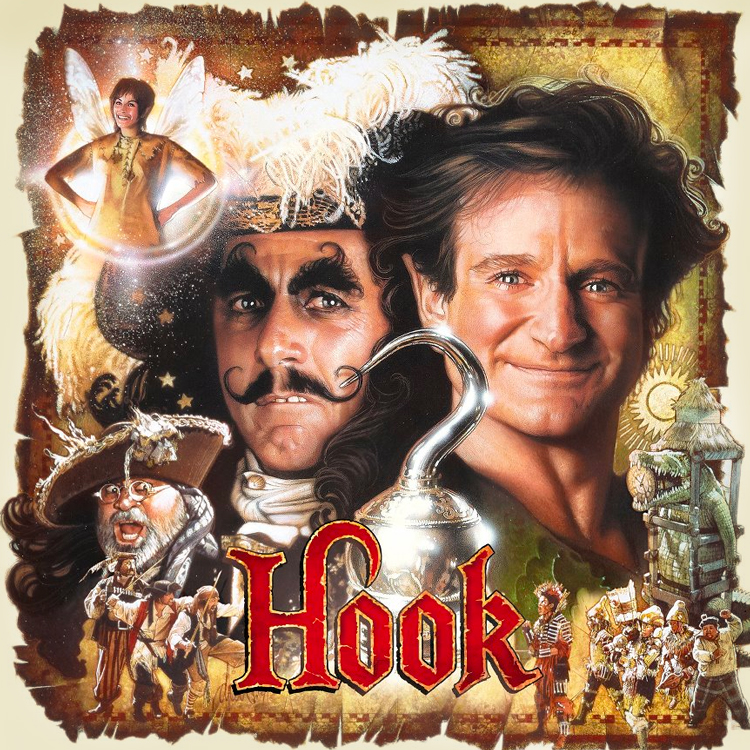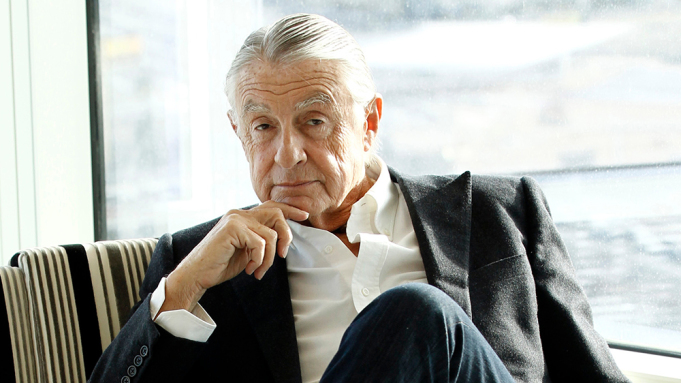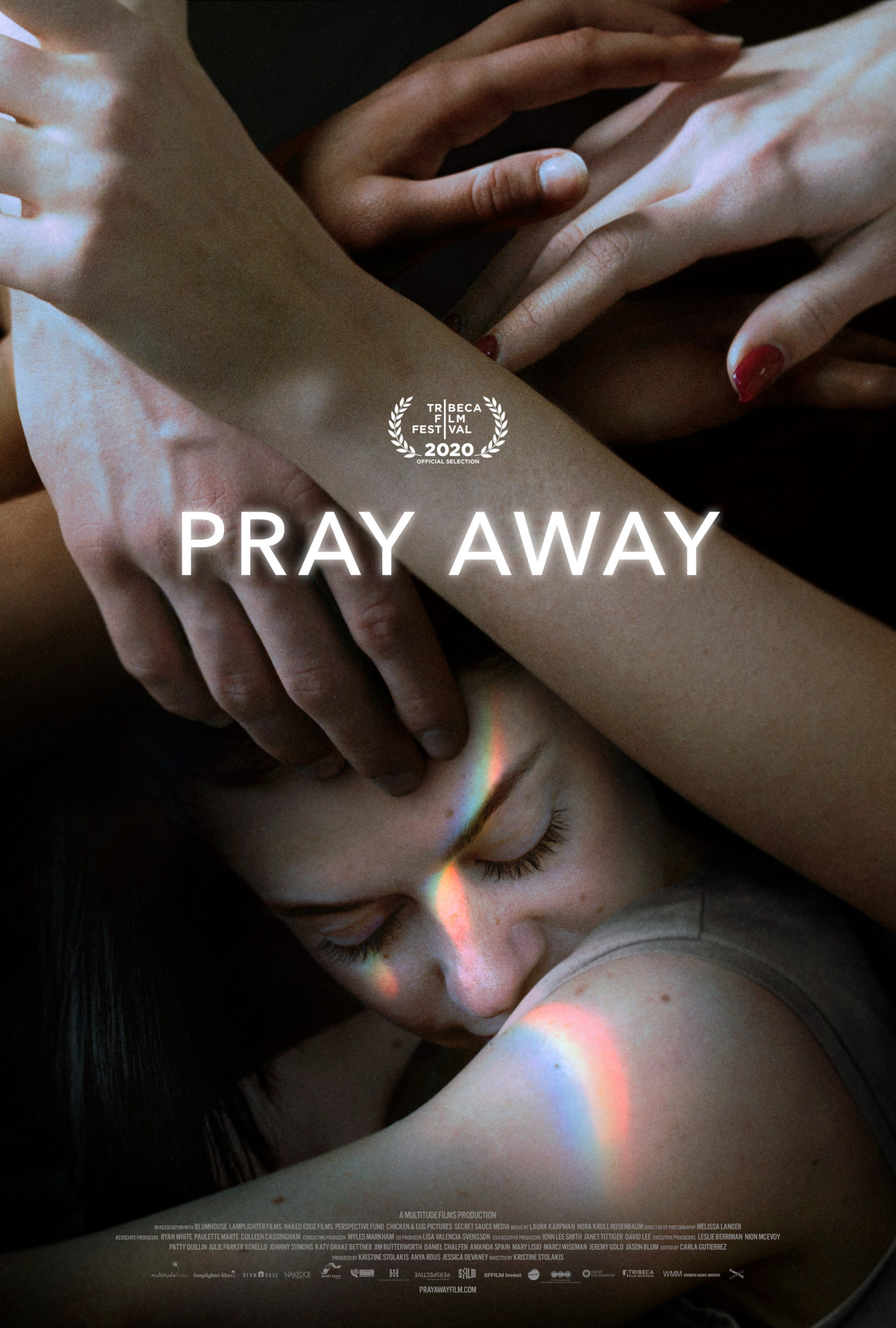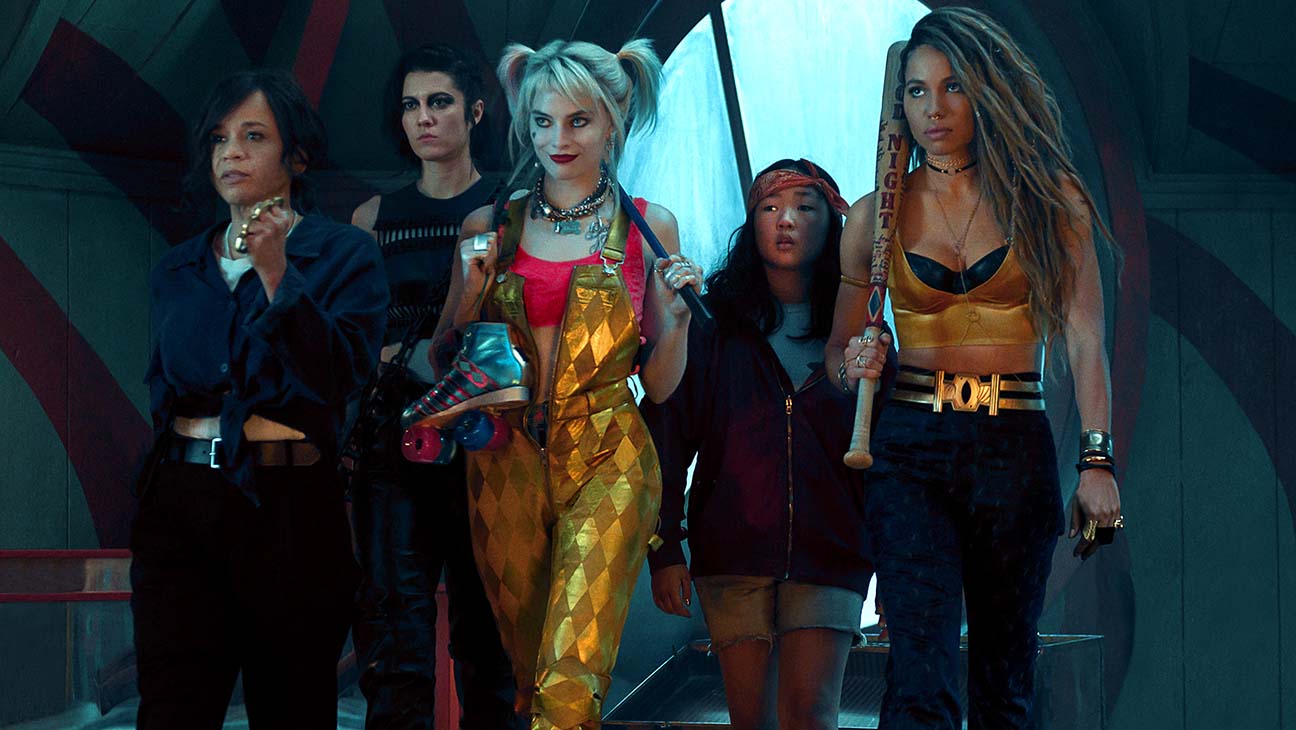
by Rebelle Summers | Jun 13, 2023 | Blog
In jolly ol’ London Town where I’ve been residing off and on for the past year Spring is just beginning to get into its groove despite it being nearly summertime, foxes are pooping in forgotten pint glasses outside the pub, and an old rich white man was draped in gold...

by Justin Lockwood | Jun 26, 2020 | Blog
This week we lost gay filmmaker Joel Schumacher at age 80. Although openly gay from the beginning of his career—he started out as a costume designer before making the leap to film directing with 1981’s quirky The Incredible Shrinking Woman—he wasn’t known as a...

by Justin Lockwood | May 28, 2020 | Blog
Great horror has come out of extremely limited resources and production values many times over the years; it’s also often fueled by tumultuous time periods. So it seems fitting that the COVID pandemic and ensuing quarantine have led to multiple, literally...

by Justin Lockwood | Apr 22, 2020 | Blog
The conversion therapy movement, spearheaded by the national organization Exodus International, is a bizarre and upsetting phenomenon ripe for demystification. That insight arrives in the form of Pray Away, a well-made documentary from director Kristine Solakis. It...

by Justin Lockwood | Feb 16, 2020 | Blog
Margot Robie Birds of Prey—which bore the Fiona Apple-esque subtitle And the Fantabulous Emancipation of One Harley Quinn before the Warner Bros. suits switched it to Harley Quinn: Birds of Prey—is a fantastic movie. The trailers had me worried this was...






